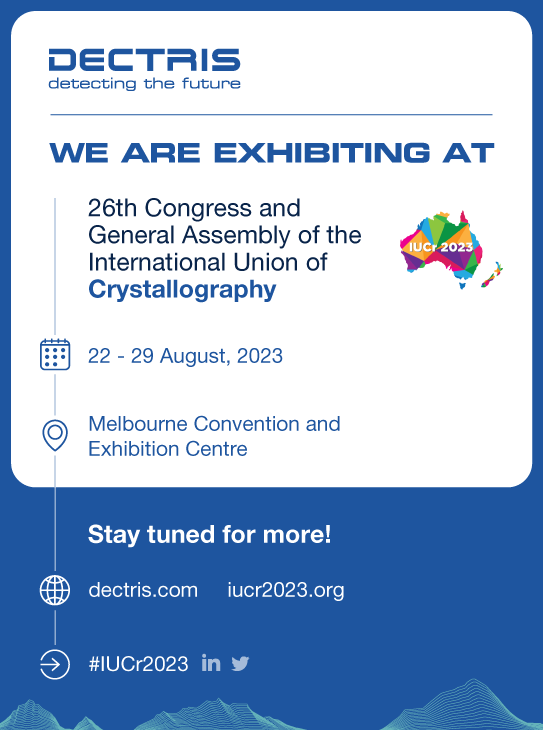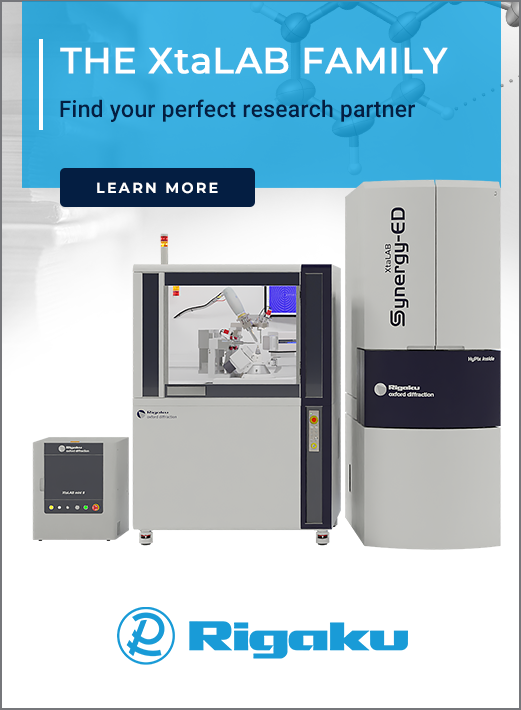


Meeting report (IUCr supported)
56th Course of the International School of Crystallography: Crystallography under extreme conditions
![Thumbnail [Thumbnail]](https://www.iucr.org/__data/assets/image/0003/155145/thumbnail.png)
Organization
The 56th Course of the International School of Crystallography on the subject of "Crystallography under extreme conditions: the future is bright and very compressed" was held in Erice, Italy, from 3 to 11 June 2022. The scientific organizing team consisted of Helen Maynard-Casely [Australian Nuclear Science and Technology Organization (ANSTO), Sydney, Australia], Kamil F. Dziubek [European Laboratory for Non-Linear Spectroscopy (LENS), Florence, Italy] and Shanti Deemyad (University of Utah, Salt Lake City, UT, USA). The local organizing team (the “orange scarves”) was led by Annalisa Guerri (University of Florence, Italy) and Paola Spadon (University of Padova, Italy).
Justification
Subjecting matter to extreme conditions reveals a multitude of fascinating phenomena and is applicable to a wide range of disciplines. From the extremophiles that exist in the deepest depths of our oceans to the exotic new materials that are made when atoms are pushed ever closer together, understanding the structure of materials at extreme conditions affects biology, chemistry, physics, geoscience and material sciences. In order to achieve its goals, high-pressure research has always been at the vanguard of technical progress. It is a discipline in which equipment plays a particularly important role.
Therefore, the course covered broad ground in the application of extreme conditions crystallography. The topics ranged from fundamentals of high-pressure single-crystal and powder diffraction, through presenting the many flavors of static and dynamic compression, to reviews of sources for extreme conditions work (synchrotrons, neutrons and free-electron lasers). Complementary experimental (Mössbauer spectroscopy, X-ray magnetic circular dichroism, X-ray absorption spectroscopy, inelastic scattering) and computational methods were also discussed. Diffraction analysis on the structure of liquids, glasses and nanocrystalline materials as well as multigrain crystallography were also introduced. The lectures were harmonized with the related sessions of interactive tutorials, providing hands-on experience to the attendees. These workshops were focused on basic laboratory skills and the elements of data-processing software related to high pressure.
Program
The school consisted of a combination of lectures and hands-on workshops, split between mornings and afternoons, respectively. The school was concurrent with the Diffuse scattering school (57th Erice Course) with three lectures shared between the two. The program consisted of 30 lectures given by 24 speakers and 3 'industry talks' provided by the sponsoring companies. Only a limited number of speakers participated remotely, with the majority of them enjoying the on-site course in the Ettore Majorana Centre. In addition, the social events and poster sessions were all shared between the two programs.
With the exception of the first day of the program, during which the lectures for the High-pressure school were held in San Rocco, all the lectures were conducted in the San Domenico facility in two morning sessions. Three hours of workshops were held each afternoon. The state-of-the art computational tools represented in the workshops included CrysAlisPro (single-crystal diffraction analysis), Dioptas and GSAS-II (powder data analysis), GULP and XtalOpt (crystal-structure prediction), Igor Pro (equation of state), ConQuest and Mercury (CCDC workshop) and Quantum Espresso (DFT simulations). Workshop presenters delivered tutorial instructions, data files and software downloads to participants in advance of the school. Both introductory and advanced tutorial exercises were provided in order to fully engage beginners and experts alike. In addition, hands-on workshops with detailed tutorials on diamond anvil cell loading and transport measurements were held. Three hours of lectures were presented each morning in the large (200 seat) Dirac lecture hall. Topics included a broad range of topics in high-pressure crystallography both basics and applications. These included lectures on phase transitions, crystallization, principles of powder and single-crystal diffractions, equation of state of materials, inelastic scattering, neutron scattering, high-pressure multigrain crystallography, crystal-structure predictions, complementary X-ray spectroscopy (XAS and XAFS), high-pressure microbiology, pharmaceuticals, planetary science and minerals, high magnetic fields, X-ray magnetic circular dichroism, Mössbauer spectroscopy, topological materials and communications in science. The presenters, in addition to contributing a lecture, also provided lecture notes in manuscript form. Lecture slides were also optionally made available by many of the presenters.
Participation
In compliance with IUCr policies, the school was advertised internationally and without any geographical restrictions. Due to unusual circumstances brought about by the COVID-19 pandemic and regional conflicts, however, several of the participants could not be physically present and some of the presentations were delivered virtually. Also due to the uncertainties stemming from these conditions we had more representation from European countries. Despite these difficulties, the course successfully hosted 60 students selected out of almost 90 applications received. Sixty percent of the students and 48% of the speakers were female. It should be noted that although most of the participants were from Europe, North America and Asia, the school also accommodated scientists representing South America, Australia and Asia. IUCr funds were used to support the attendance of eight young scientists from Australia, Croatia, Israel, Portugal, Spain, Turkey, UK and USA.
Contribution of the participants
Forty two students presented their posters at two poster sessions. The quality of the presentations was very high, in fact most of the time people were queuing up to see the displayed results. The jury consisting of the distinguished speakers representing various disciplines of extreme conditions research decided to award four poster prizes, which went to Adrien Descamps (SLAC National Accelerator Laboratory, Menlo Park, CA, USA), Viktoriia Drushliak (Adam Mickiewicz University, Poznań, Poland), Laura Henry (CEA DAM, France) and Samuel Gallego-Parra (Universitat Politècnicade València, Spain).
![[Fig. 1]](https://www.iucr.org/__data/assets/image/0004/155146/Erice56-prizes.png)
The social program
Despite the restrictions imposed by the pandemic, the meeting organizers took every effort to facilitate the interactions between all participants. The social program was organized to take place in open areas. Conference dinner, pizza and pasta parties followed by the poster sessions, coffee breaks in an open hall, lunch and dinners in local restaurants, evening with local musicians and performers, excursions with options of guided tour to historical sites or a day at the beach followed by a banquet party, evening gatherings with local sweets and drinks and a finale dance party were all included in the program to maximize the quality time among participants. The organizers were actively participating in all the events to encourage participants to engage in conversations and create opportunities for fruitful discussions. Many students expressed that the unique dynamic atmosphere of the conference helped them build professional friendships and learn about the opportunities within the field outside of the coursework.
Outcome
According to a survey sent to all the participants at the end of the course, the course was well received (88/100) and most of the respondents agreed that a similar school should be organized within the next 3–4 years.
Copyright © - All Rights Reserved - International Union of Crystallography








